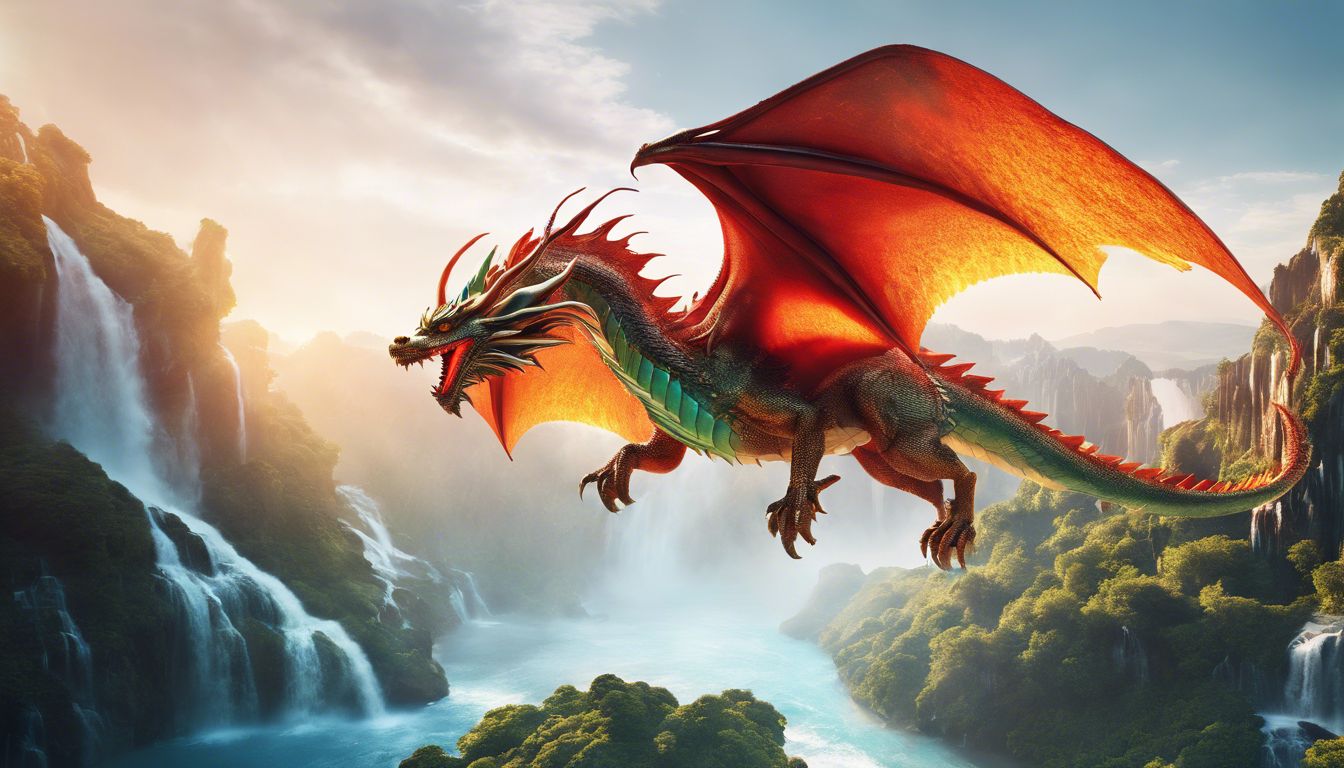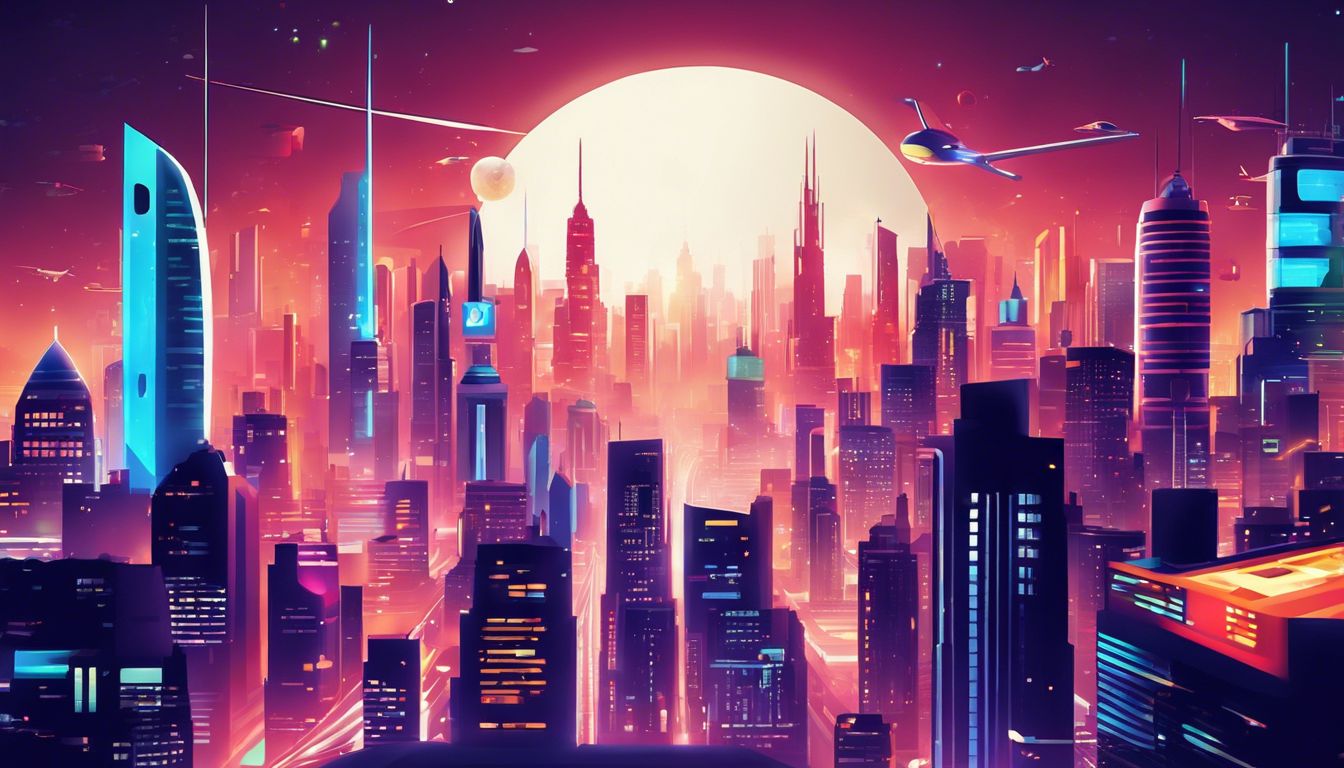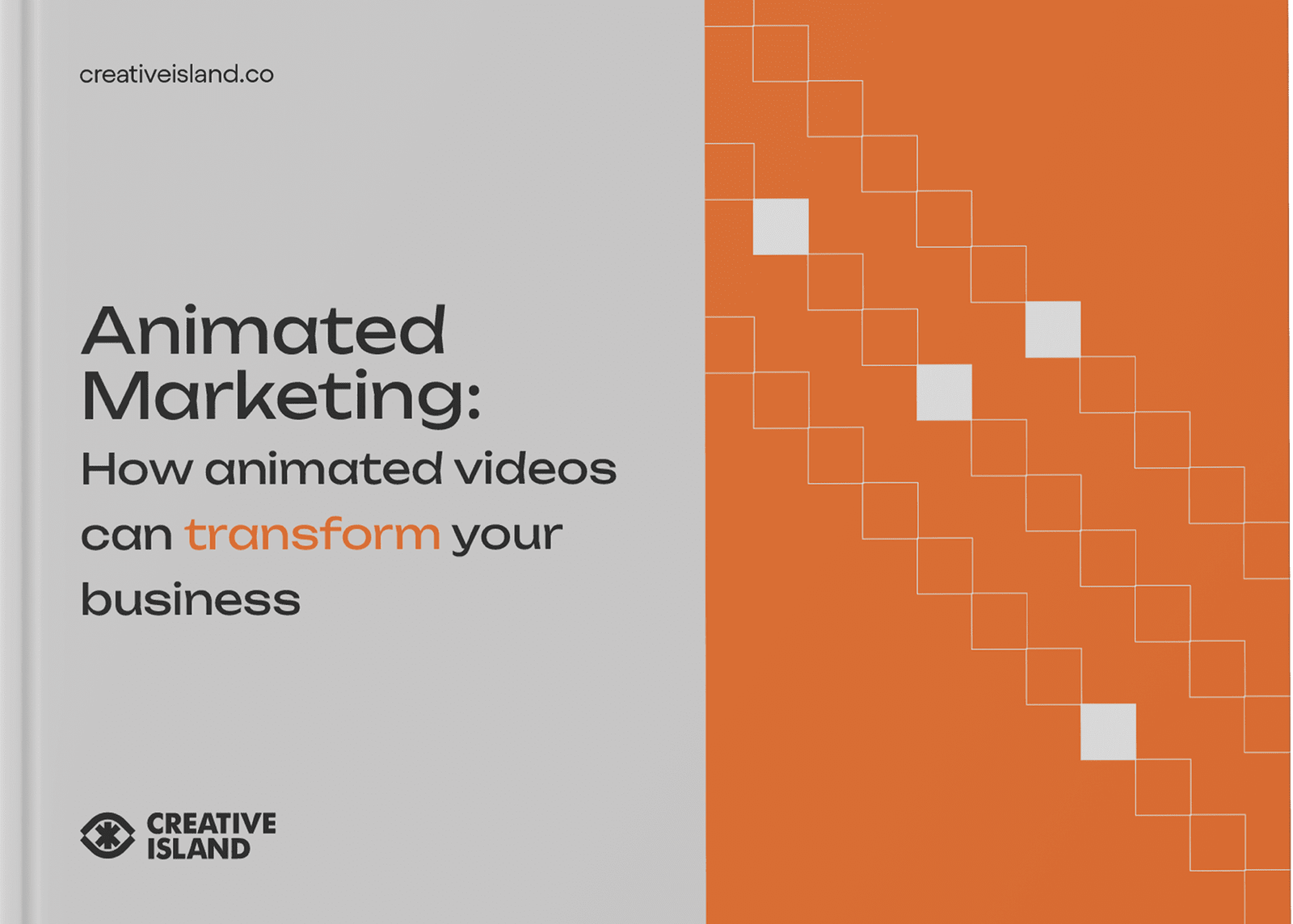

Are you confused about the differences between CGI and 3D Animation? Well, you’re not alone as both fields can be quite technical for most people. In this article, we will demystify these concepts by exploring their definitions, techniques used and much more in an easy-to-understand way.
Get ready to dive into the intriguing world of digital animation!
Key Takeaways
- CGI, or computer – generated imagery, and 3D animation are both techniques used to create animated images.
- CGI can create both 2D and 3D designs and is commonly used in films, video games, advertising, and more.
- 3D animation specifically refers to creating moving images in a three – dimensional space using specialized software.
- CGI offers highly realistic visuals but can be expensive. while 3D animation allows for artistic freedom but requires technical expertise.
Understanding CGI and 3D Animation


CGI, or computer-generated imagery, is the process of creating moving images with the use of computer software and graphics. 3D animation, on the other hand, specifically refers to the creation of animated images in a three-dimensional space.
What is CGI?
CGI stands for Computer-Generated Imagery. It is a way to make pictures, videos and effects using computers. CGI can create both 2D and 3D designs. This is the same method people use to make characters and places in movies or video games look real! You can even find CGI in simple things around you like adverts on TV or online apps.
Today, a lot of artists and creators love using CGI because it helps them bring their wildest ideas to life!
What is 3D animation?
3D animation is a type of computer-generated imagery (CGI). It brings images to life by making them move and interact. A 3D animator uses a computer and special software to create this magic.
The process involves creating images in a three-d space that are later put in motion. These moving pictures form the basis of animated movies, video games, TV shows and much more. Even though it seems like the final product happens easily, it takes lots of skill and time to make perfect 3D animation.
Differences between CGI and 3D Animation


CGI and 3D animation differ in terms of scope, techniques used, and purposes.
Scope
CGI and 3D animation have wide use. People in many fields turn to these. In films, they create worlds and characters. They make video games look real. Advertisers use them to sell goods.
Even doctors use them to learn about the body! CGI is often at home in big studios with lots of money. It takes a lot of skill, time, and tools to do it right. On the other hand, anyone can try 3D animation with an app on their phone or computer! Both are growing fast as technology gets better every day.
Techniques used
CGI and 3D animation use different techniques to create their visuals. CGI, or computer-generated imagery, involves the use of computer software to generate animated images. It uses algorithms and mathematical models to create realistic 2D or 3D graphics.
On the other hand, 3D animation specifically refers to the process of creating moving images in a three-dimensional space. It uses specialized software that allows animators to manipulate and animate 3D characters or objects in a virtual environment.
Both techniques rely heavily on technology and require skilled artists who understand how to use animation software effectively.
Purposes
CGI and 3D animation serve different purposes in various industries. CGI is commonly used in film and media to create realistic visual effects that would be difficult or impossible to achieve otherwise.
It allows filmmakers to bring fantastical creatures, epic battle scenes, and breathtaking landscapes to life on the big screen. On the other hand, 3D animation is often utilized in advertising, gaming, and architecture for its ability to create immersive experiences and interactive environments.
It can be used to showcase products with stunning detail or transport players into a virtual world filled with exciting challenges. Both CGI and 3D animation have their own unique purposes that cater to different needs within their respective fields.
Advantages and Disadvantages of CGI and 3D Animation
CGI offers the advantage of creating highly realistic and detailed visuals, while 3D animation allows for more artistic freedom in character design and storytelling. However, CGI can be time-consuming and expensive, while 3D animation requires technical expertise to create lifelike movements.
Advantages of CGI
CGI, or computer-generated imagery, offers several advantages in the world of animation. One major advantage is that CGI allows for the creation of incredibly realistic and detailed visuals.
With CGI, animators can bring to life characters and environments that look almost indistinguishable from reality. Another advantage is the flexibility of CGI. Unlike traditional forms of animation, CGI can easily be edited and modified at any stage of the process.
This means animators have more control over their creations and can make changes quickly and efficiently. Additionally, CGI offers a wide range of possibilities for special effects and visual enhancements.
Advantages of 3D Animation
3D animation has several advantages that make it a popular choice in the world of computer-generated imagery. One major advantage is that 3D animation allows for more realistic and lifelike visuals compared to traditional animation techniques.
With the use of advanced software and technologies, animators can create detailed and textured characters, environments, and objects that closely resemble real-life counterparts. This level of realism enhances the overall viewing experience and makes the animations more engaging for audiences.
Another advantage is the ability to explore complex camera angles and movements. In 3D animation, animators have complete control over camera angles, allowing them to capture unique perspectives that may not be possible in traditional filmmaking or 2D animation.
They can also create dynamic camera movements such as pans, zooms, and tracking shots with ease, adding depth and excitement to the animated scenes.
Additionally, 3D animation offers greater flexibility during the production process. Animators can easily make changes or modify elements within a scene without having to redo every frame from scratch.
Disadvantages of CGI
CGI also has its drawbacks. One disadvantage is the cost. Creating CGI can be expensive, especially for high-quality and realistic effects. It requires skilled professionals and advanced software, which adds to the production budget.
Another drawback is that CGI can sometimes look artificial or fake. While advances in technology have made CGI more realistic, it still doesn’t always match the level of detail and texture found in real-life objects or practical effects.
Additionally, relying too heavily on CGI can take away from the authenticity of a film or TV show, as viewers may be able to tell when something is computer-generated rather than physically present on set.
In conclusion, while there are disadvantages to both CGI and 3D animation, they also offer unique advantages and have transformed the world of entertainment with their ability to bring imaginative worlds and characters to life.
Disadvantages of 3D Animation
There are some disadvantages to using 3D animation. One disadvantage is that it can be time-consuming and expensive to create. It takes a lot of skill and expertise to design and animate 3D characters and objects, which means it can take a long time to complete a project.
Additionally, the software and equipment needed for 3D animation can be quite costly. Another disadvantage is that 3D animation may lack the charm and warmth of traditional hand-drawn or 2D animation.
Some people prefer the artistic style of traditional animation over the more realistic look of 3D. Lastly, rendering times for 3D animations can also be lengthy, especially for complex scenes with lots of details.
The Evolution of CGI and 3D Animation
CGI and 3D animation have come a long way since their inception, with significant advancements in technology and techniques.
History and milestones
CGI and 3D animation have a rich history with significant milestones. Here are some key moments:
- 1972: “Westworld” becomes the first film to feature CGI, using it to depict pixelated computer graphics.
- 1982: “Tron” showcases the potential of CGI by incorporating extensive computer-generated environments and characters.
- 1995: Pixar releases “Toy Story,” the first-ever full-length feature film entirely created with CGI.
- 2001: “Shrek” revolutionizes animated films with its advancements in realistic rendering and character animation.
- 2009: James Cameron’s “Avatar” sets new standards for visual effects, utilizing advanced motion capture technology and lifelike CGI environments.
- 2014: Disney’s “Frozen” becomes a global sensation, demonstrating how CGI can create visually stunning and emotionally compelling animated stories.
Impact on film and media industry
CGI and 3D animation have had a huge impact on the film and media industry. They have revolutionized the way movies are made and brought new levels of visual effects to screens big and small.
With CGI, filmmakers can create stunningly realistic scenes that were previously impossible or too expensive to achieve. This has opened up endless possibilities for storytelling and immersing audiences in fantastical worlds.
Similarly, 3D animation has given animators more control over character movements and expressions, resulting in more lifelike performances. From blockbuster movies to animated TV shows, CGI and 3D animation have become essential tools for creating captivating visual experiences that entertain audiences around the world.
Real World Examples of CGI and 3D Animation
Popular films and TV shows such as “Avatar” and “Game of Thrones” showcase the impressive use of CGI and 3D animation, creating stunning visual effects and lifelike characters.
Popular films and TV shows
Many popular films and TV shows have used CGI and 3D animation to create stunning visual effects and captivating storytelling. Here are some examples:
- Avatar
- The Avengers series
- Spider-Man: Into the Spider-Verse
- Toy Story series
- The Lion King (2019)
- Game of Thrones
- Stranger Things
- The Mandalorian
Use in advertising and gaming industry
CGI and 3D animation are widely used in the advertising and gaming industry. They bring realistic and visually captivating elements to advertisements, making them more engaging and memorable. In the gaming industry, CGI and 3D animation create immersive virtual worlds and lifelike characters that players can interact with. They enhance the gameplay experience by adding stunning effects, realistic physics, and detailed environments. Many popular video games rely on CGI and 3D animation to create visually impressive graphics, making them a favorite among gamers. Advertising agencies also utilize these technologies to create eye-catching commercials that grab the attention of consumers. From animated product demonstrations to visually stunning special effects, CGI and 3D animation help advertisers stand out from the competition.
Conclusion
In conclusion, CGI and 3D animation are both incredible tools used to create amazing visual effects and bring imagination to life. While CGI allows for more versatility and realism, 3D animation offers a unique depth that adds to the storytelling experience.
Each has its own advantages and disadvantages, but together they have revolutionized the film, gaming, and advertising industries. With their continuous evolution, we can expect even more breathtaking animations in the future.
FAQs
1. What is the difference between CGI and 3D animation?
CGI, or computer-generated imagery, refers to creating moving pictures in a digital environment. 3D animation is one type of CGI that brings to life an image or model in a three-dimensional space.
2. How does the use of CGI and 3D differ in film industry?
In the film industry, animators use CGI for creating all types of animations not limited to 3D like 2D animations too whereas they specifically apply 3d Animation when they need objects with depth and volume
3. Is there specific software for CGI and 3D animation?
Yes! Professionals use applications such as computer animation software for both; however, software focused on building detailed forms like models are more often used with 3d animation.
4. Where can I see examples of early uses of CGI Animated works?
The first significant example was back during the late ’70s when studios began testing its capabilities leading eventually to films relying solely on this technology.
5. Does it take long to animate using these methods?
Both do need time but thanks partly due to improvements in tools like sketching rough animations before refining them into either polished hand-drawn cel depictions or advanced renderings through state-of-the-art cgi techniques.
6.How has transition from traditional Frame by frame ways impacted Animation process ?
With advent of computer driven processes , unlike older means which required painstaking manual effort & expense , modern practice enables generation directly without needing physical intermediates thus cutting costs while delivering superior results .

